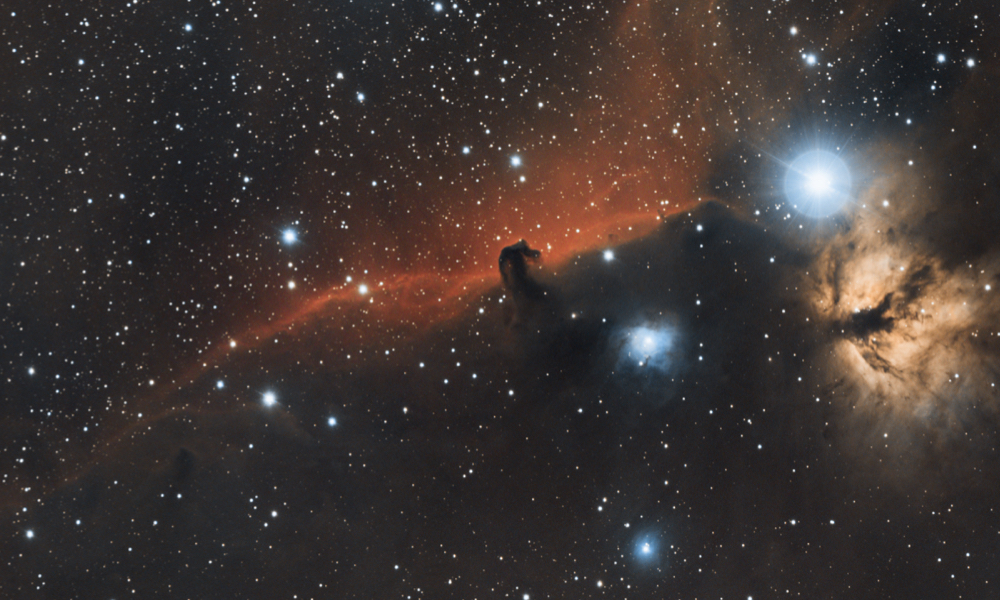
ESA Open Invitation To Tender AO8558
Open Date: 08/03/2016
Closing Date: 26/04/2016 13:00:00
Status: ISSUED
Reference Nr.: 16.197.01
Prog. Ref.: General Studies
Budget Ref.: E/0600-00 – General Studies
Special Prov.: BE+DK+FR+DE+IT+NL+ES+SE+CH+GB+IE+AT+NO+FI+PT+GR+LU+CZ+RO+PL+EE+HU+CA
Tender Type: C
Price Range: 200-500 KEURO
Establishment: ESTEC
Directorate: Directorate of Technical & Quality Manag
Department: System, Software & Technology Department
Division: Future Prep. & Strategic Studies Off.
Contract Officer: Florence Glandieres
Last Update Date: 21/03/2016
Update Reason: Loaded a new Clarification(English version)
To avoid the LEO becoming unusable after a chain reaction of space debris collisions, commonly referred to as the Kessler syndrome,spacecrafts and rocket upper stages of ELVs need to be deorbited. This can be accomplished either by active means (i.e. de-orbit boost or active debris removal of a non-cooperative target) or by guaranteeing a sufficient orbit decay rate such that the re-entry event, meaning leaving the LEO Protected Region, will take place within 25 years after S/C demise. During the re-entry of the above mentioned objects, gases and particles are released into the atmosphere. The total mass of the demised spacecraft might seem low compared to the air mass in the atmosphere in a single event, however there might be a local effect around the flight path of the object(e.g. release of toxic substances), as well as a long-term effect on ozone depletion and possibly even a global warming potential. However, the physical mechanisms behind this are currently completely unknown and are often treated as if they were negligible. Thisstudy aims at providing an analytical background for these assumptions. The major objectives of this study are: 1) To assess the impact of spacecraft demise on Earth’s atmosphere in terms of short term and long term effects. 2) To understand the long term impact of spacecraft demise of ozone depletion and global warming. 3) To quantify the level of toxic elements released into the atmosphere and to assess the hazard potential. 4) To identify model uncertainties and give recommendations for testing needs to refine the model chemistry.
If you wish to access the documents related to the Invitation to Tender, you have to log in to the ESA Portal.
